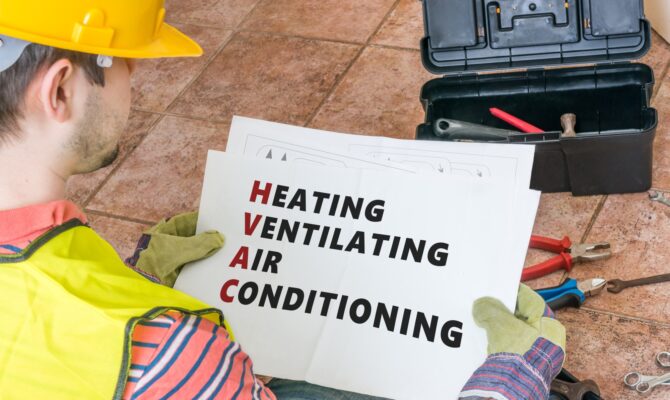Water heaters are one of the most frequently used appliances in the home, so it’s no surprise that they can also experience problems. Learn about the five most common water heater issues and how to fix them.
Lukewarm water could mean that the thermostats are set too high or (for gas models) the thermocouple is out of place or needs to be replaced.
Thermostat Issues
Whether you’re a homeowner or a professional contractor, troubleshooting water heaters can be tricky. Thankfully, understanding common issues can make troubleshooting easier and faster.
When hot water suddenly turns cold, it can indicate a thermostat issue with your unit. Often, these mechanical thermostats consist of metal strips that expand and contract when heated to react with your tank’s heat source and create hot or cold water.
If your water is discolored, it can be caused by calcium or magnesium mineral buildup that clogs the anode rod in your tank. A licensed plumber can flush or tune up the water heater tank to resolve the problem. This is also a good time to replace your sacrificial anode rod.
Leaking Tank
Loose pipe connections often cause leaks from the tank. This is most common around the cold water inlet and the hot water outlet. These pipes may become loose over time as the water heater is in use and can be tightened with a pipe wrench.
If the leak is from the anode rod, it’s important to replace it quickly. The anode rod is designed to corrode, attracting any rust that would otherwise damage the tank. It should be replaced every three years to help extend the life of your water heater.
If the tank leaks from the bottom, it could be due to the pressure relief valve. Shut off the gas and water supply before working with your water heater.
Unusual Noises
Strange noises coming from your water heater should never be ignored, especially if they’re accompanied by leaking or bubbling water. It could indicate that the unit is on its last legs or may put your family at risk of scalding water burns and dangerous explosions.
Banging, rumbling or popping sounds can often be attributed to sediment that sinks to the bottom of the tank and traps steam bubbles. This is usually a simple problem to fix with the annual flushing and draining of the unit.
High-pitched screeching or whistling noises typically indicate that water flow is restricted due to a partially closed valve, like the temperature and pressure relief valve or one connected to your home’s water lines. Ensure all valves are fully open and adjust them accordingly.
Discolored Water
Seeing discolored water from your home’s taps is never fun, but it’s usually not a cause for alarm. Minerals, debris and rust can build up in all water mains over time. If your water suddenly turns murky, it may be because a local incident like construction or a water main break has stirred up sediment previously dormant in your pipes.
Running the water for a few minutes should clear any discoloration caused by a local event. If your discolored water doesn’t go away, find tips for the specific color you’re seeing and contact a plumbing expert to diagnose the problem. Temporarily discolored water can also occur because of bacterial contamination, which is more likely in homes with old galvanized plumbing. To resolve this issue, a plumber can check for and replace rusted galvanized pipes.
No Hot Water
When you run out of hot water in your home, several things could be the problem. First, check the thermostat. If it’s set too low, the temperature can be easily adjusted. If you change the thermostat setting, you should notice a difference in your water’s heat.
If the water heater is gas-powered, it could be that a burner orifice has become contaminated with sediment. This is a more complex repair; you’ll likely need a professional.
Always remember that electric and gas water heaters are high-voltage appliances and are dangerous to work on if the power is turned on. Turn off the power at the breaker box, then use a non-contact voltage tester to verify that the wires aren’t hot.



